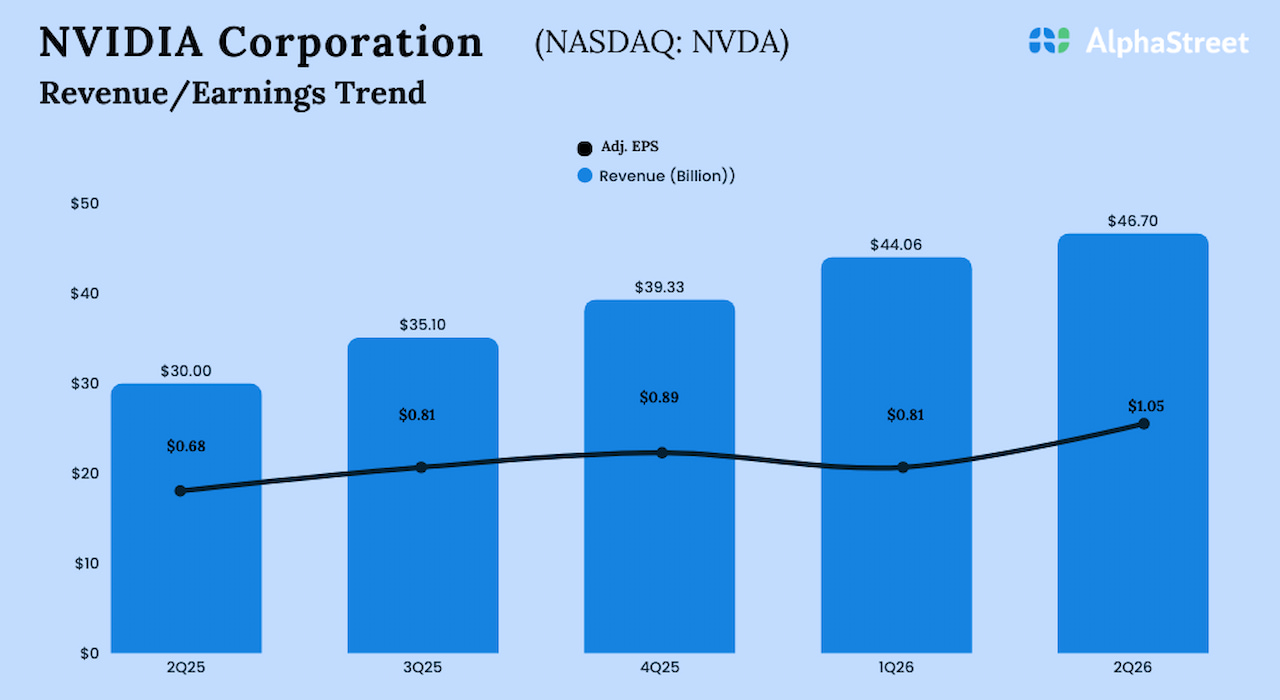When crypto is in a down market, prices might seem attractive compared with the heights from which they fell — “on sale,” you might even say. But some investors might be skeptical of buying the dip, knowing that a price bounce isn’t guaranteed. Others might be content to do nothing.
It’s impossible to say how specific cryptocurrencies will perform in the months ahead. But using battle-tested investment strategies can give your portfolio a better chance of long-term success.
1. Dollar-cost average
This strategy embodies the investing maxim “you can’t time the market” by emphasizing agnostic consistency over waiting to deploy your assets at the optimal moment.
Instead of relying on luck to guess whether the market has hit bottom, dollar-cost averaging means committing to a routine — buying $250 of Bitcoin on the first day of every month, for example — that doesn’t take market conditions into account. You buy on schedule whether the price is going up or down.
This strategy isn’t good for maximizing short-term gains. But, over time, this consistent buying can smooth out the effects of volatility — and cryptocurrency is notably volatile. Some of the top crypto exchanges will dollar-cost average for you if you set up a recurring purchase.
2. Review your asset allocation
Asset allocation refers to the mix of all your investments, including stocks, bonds and real estate. Owning investments of many asset types is another way to diversify. Because crypto is so volatile, NerdWallet recommends investing only what you can afford to lose; as a general rule, invest no more than 10% of your portfolio in risky assets like these.
You can adjust your personal target allocation of stocks, bonds and other assets to match your risk tolerance and time horizon. Generally speaking, if you need those funds soon, it’s a good idea to have a bigger percentage of conservative investments, such as high-yield savings accounts or short-term bond funds, to avoid major swings in value.
3. Rebalance your portfolio
Suppose you start out with a certain asset allocation — say, 75% in stocks, 20% in bonds and 5% in crypto. Those percentages will change over time as the values of your investments change. To bring them back to your target allocation, you’ll have to rebalance your portfolio.
Rebalancing a portfolio means selling assets that are overrepresented and buying assets that are underrepresented compared with your target asset allocation. For example, if your crypto investment lost money and dropped from 5% to 2% of your portfolio, rebalancing would involve selling other parts of your portfolio to bring crypto up to your 5% allocation target.
Some financial platforms have automatic rebalancing, but you might need to rebalance manually if your investments are spread out over multiple accounts or institutions.
4. Diversify your crypto
Many people were burned when crypto crashed in 2022. But if all your funds were invested in Terra (LUNA), which essentially became worthless, you were incinerated. If you’re heavily invested in a single cryptocurrency, now is a good time to think about diversifying your portfolio to avoid that same fate.
Diversification means spreading your funds over different investments. It eliminates the possibility that one investment can take your entire portfolio down. Buying multiple cryptocurrencies that represent a range of use cases is a more diversified approach than putting all your money behind a single coin.
5. Tax-loss harvest
If you have crypto holdings that are underwater — worth less now than when you bought them — you might use a tax strategy called tax-loss harvesting to lessen some of the damage.
If you sell an investment for a loss, you can offset taxes owed on gains from other investments. If you don’t have any gains to offset this year, you can do so in future years. You’ll want to review tax-loss harvesting basics, like whether you owned the crypto for more than a year.
Neither the author nor editor held positions in the aforementioned investments at the time of publication.







































